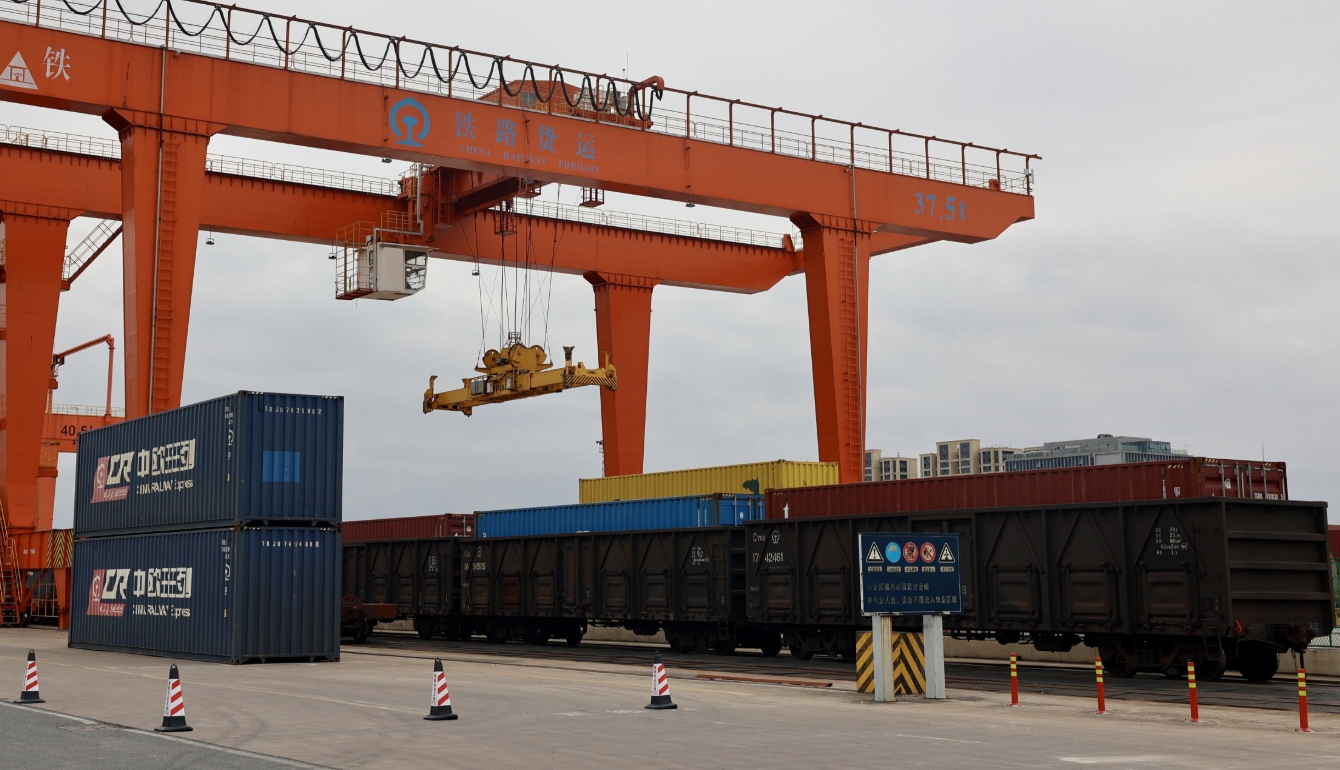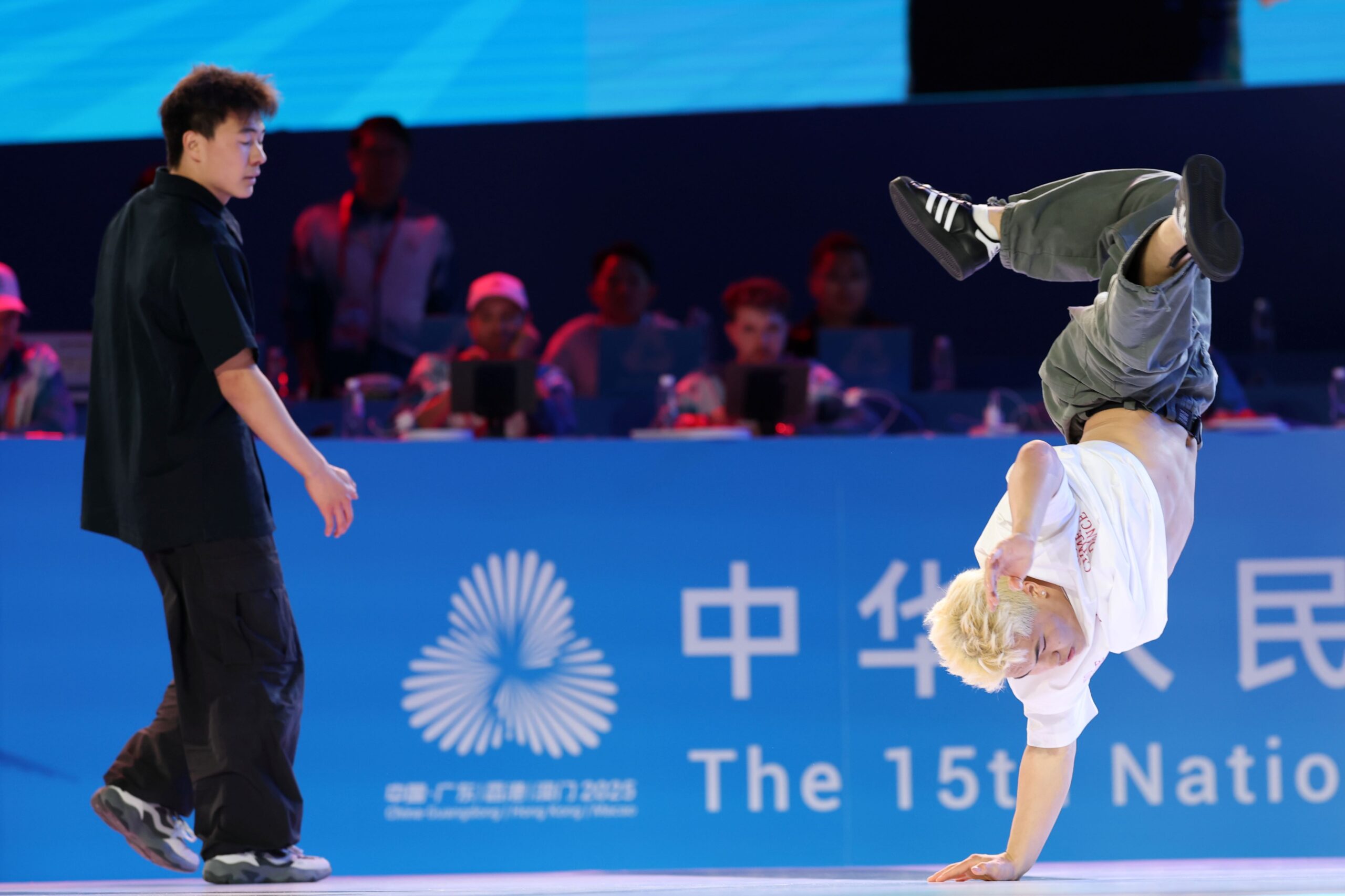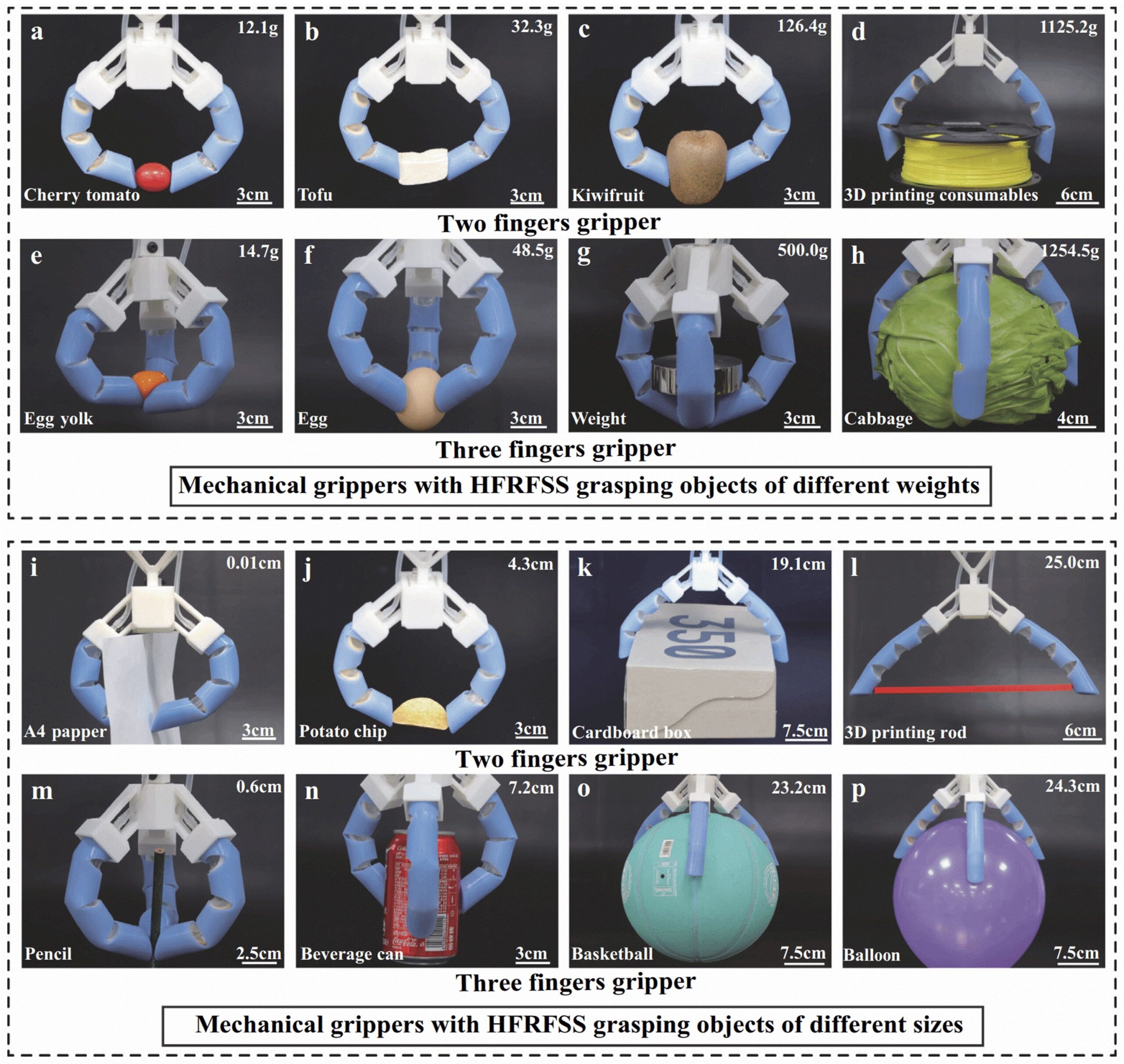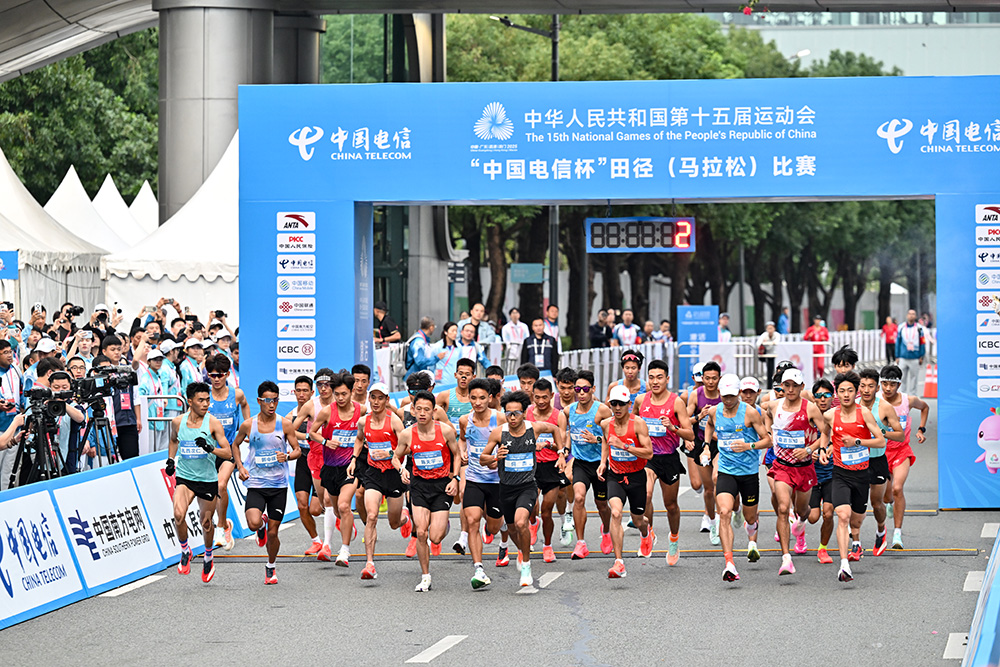China’s top leadership has unveiled the broad contours of its next five-year development plan, including how China plans to expand sci-tech innovation.
How Will China Expand Sci-tech Innovation in the Next Five Years? China’s 15th Five-Year Plan for Economic and Social Development outlining four arrangements regarding sci-tech innovation. They are:
- strengthening original innovation and breakthroughs in core technologies
- promoting deep integration between scientific and industrial innovation
- advancing the coordinated development of education, sci-tech and talent
- further boosting the construction of the Digital China initiative
China’s Minister of Science and Technology Yin Hejun explained on October 24th more details about future China sci-tech innovation. He stressed the importance of improving the new system for mobilising resources nationwide and called for decisive breakthroughs in core technologies across the entire chain. This effort will focus on key areas such as integrated circuits, industrial machinery, and high-end instruments.
When it comes to deepening the integration of technological innovation and industrial innovation, Yin emphasised the need to accelerate the efficient transformation and application of major scientific and technological achievements and enhance the protection of intellectual property rights.
He highlighted the importance of reinforcing the role of enterprises as key players in technological innovation. It is essential to support the development of high-tech enterprises and small and medium-sized sci-tech firms, and increase the super-deduction ratio of corporate R&D expenses.
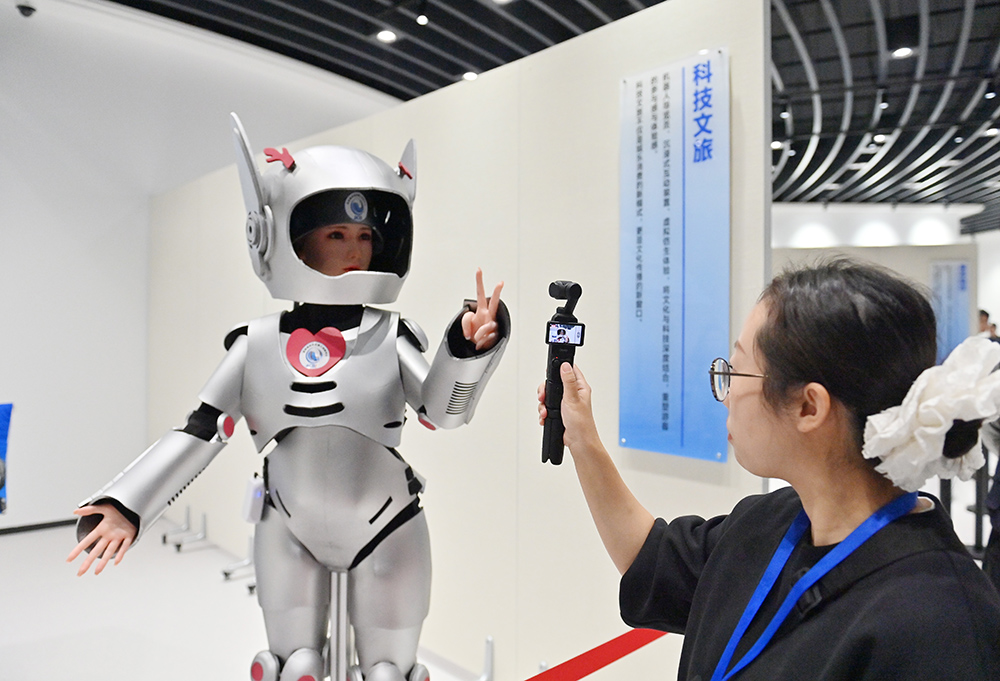
“AI Plus” Initiative
Yin noted that China will build an open, shared, and secure national integrated data market and promote the in-depth integration of the real economy and the digital economy. It will accelerate innovation in digital intelligence technologies such as artificial intelligence (AI) and enhance the efficient supply of computing power, algorithms, and data.
He also noted that China will continue to advance the “AI Plus” initiative, aiming to promote the deep integration of AI with technological innovation, industrial development, upgraded consumption, and protection for people’s livelihoods.
Written by Yetao Gu, additional reporting by Xinhua.
If you liked this article, why not read: Racing Toward the Future: China’s CR450 High-speed Train Hits 453 km/h in Tests


